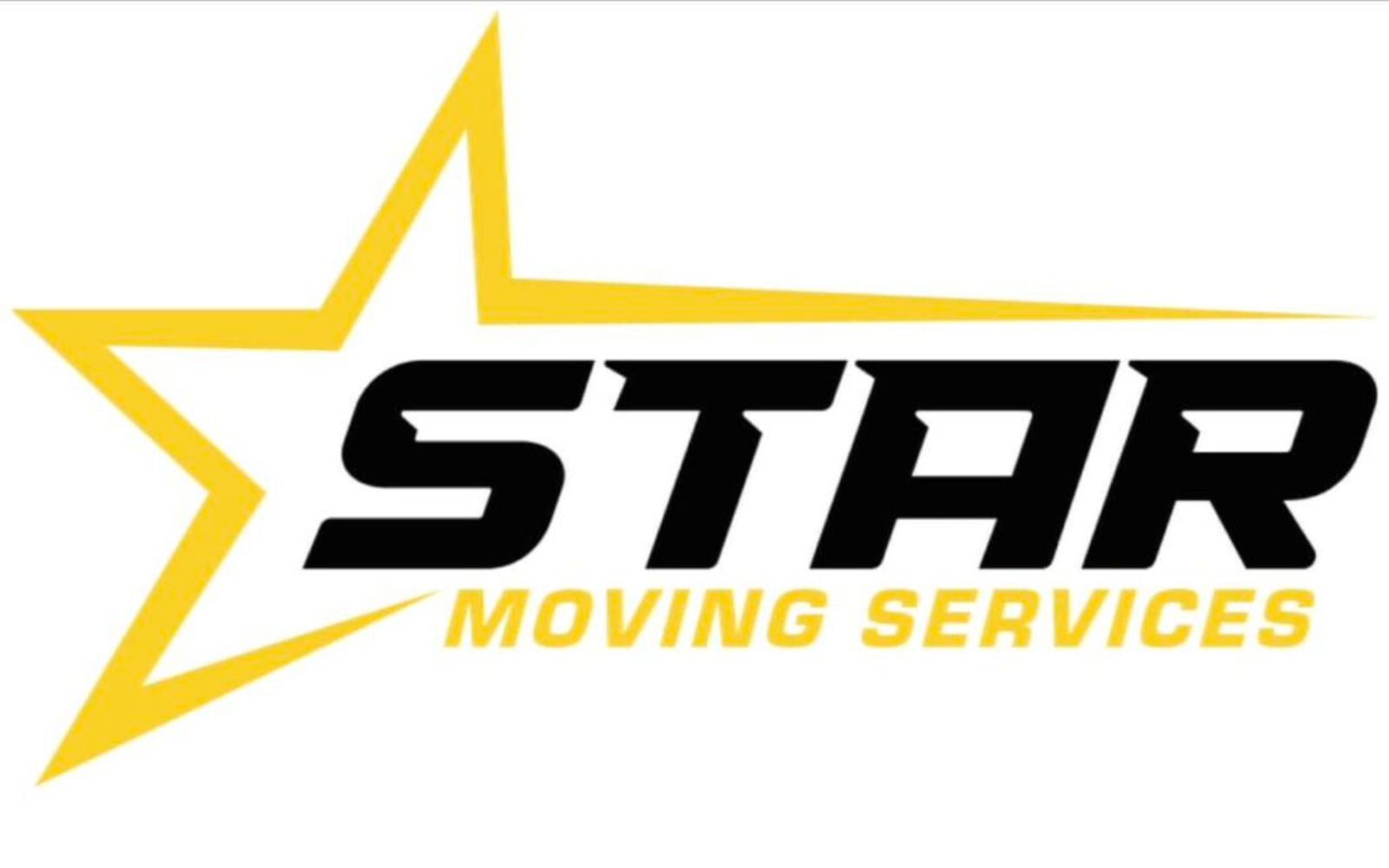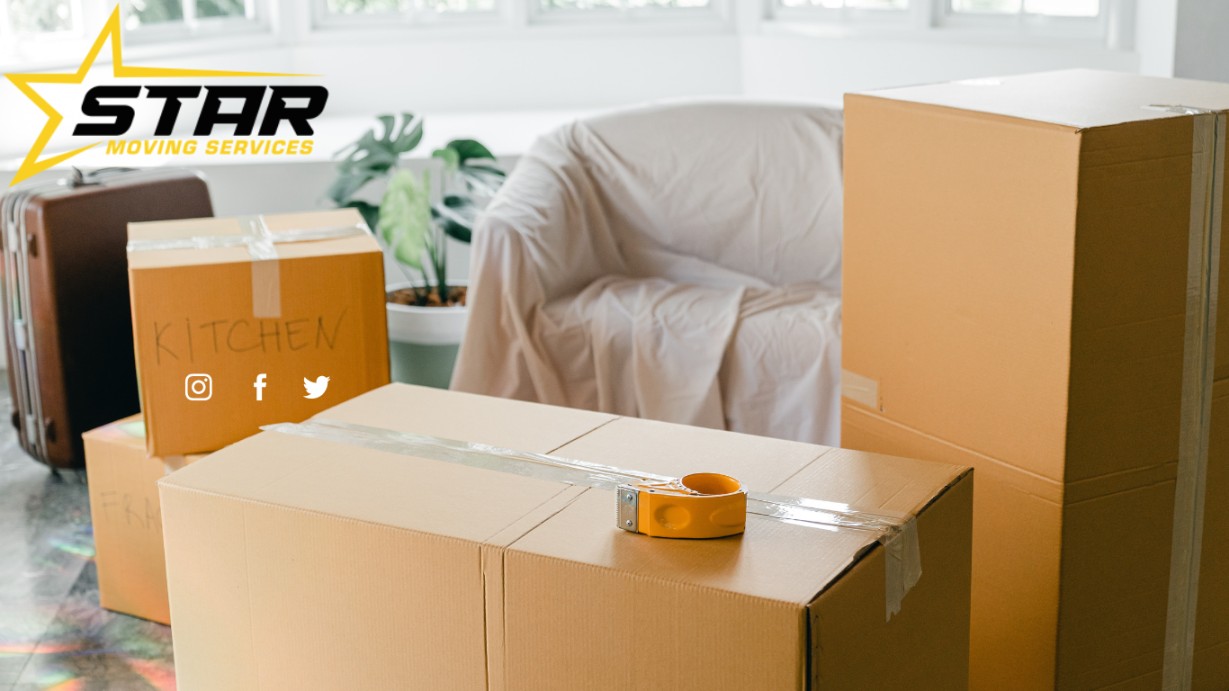From packing up your belongings to coordinating the logistics of the move, there\’s a lot to consider. One crucial aspect of a successful move is choosing the right moving truck size. In this comprehensive guide, we\’ll walk you through the process step by step, helping you avoid common pitfalls and ensuring a seamless transition to your new space.
Assessing Your Moving Needs
Before you even think about renting a moving truck, take the time to assess your specific moving needs. This initial step is critical to making an informed decision. Start by evaluating the size of your current residence and the number of rooms you\’re planning to move. Consider the following factors:
Number of Rooms: Begin by counting the number of bedrooms, living rooms, and any additional spaces that need to be packed and moved.
Furniture: Take inventory of your furniture, including large items such as sofas, beds, and dining tables. Note any bulky or unusually shaped pieces.
Belongings: Estimate the number of boxes you\’ll be packing. Remember to account for items in storage areas, garages, and attics.
By conducting a thorough assessment, you\’ll gain a clearer picture of the scale of your move, which is essential when determining the right truck size.
Truck Size Options
Once you\’ve determined the types of trucks available, it\’s time to delve into the specific truck size options within those categories. Here\’s a closer look at the capacity of each truck size in terms of rooms and belongings:
Cargo Vans: Typically, cargo vans can accommodate the contents of a small studio apartment or a dorm room.
10-Foot Trucks: These compact trucks generally offer enough space for the contents of a one-bedroom apartment or a small office.
15-Foot Trucks: If you\’re moving a two-bedroom apartment or a small house, a 15-foot truck should suffice.
20-Foot Trucks: Suitable for a three-bedroom house or apartment, 20-foot trucks provide extra room for larger furniture items.
26-Foot Trucks: With the capacity to handle the contents of a four-bedroom house or more, these trucks are ideal for larger households.
Keep these size options in mind as we move forward with estimating the right truck size for your move.
Estimating Truck Size
Now that you have a good grasp of the available truck sizes and their capacities, it\’s time to estimate the right truck size for your move. Here are some practical methods to help you make an accurate assessment:
Use Online Tools: Many truck rental companies offer online tools and calculators that can help you estimate the right truck size based on your inventory. Input your belongings and follow the recommendations.
Consult with Professionals: Reach out to moving experts or rental companies for guidance. They can provide personalized recommendations based on their experience.
Consider the Weight: Don\’t forget to account for the weight of your items. Heavy furniture and appliances can take up more space than you might expect.
Room Dimensions: Consider the dimensions of your larger furniture pieces and whether they will fit comfortably within the truck\’s cargo area.
By using these methods, you\’ll be better equipped to choose a truck size that perfectly suits your needs.
Additional Considerations
While the size of your home and the number of belongings you\’re moving are crucial factors, there are other considerations that can impact your choice of a moving truck. These include:
The Distance of the Move: Are you moving locally or embarking on a long-distance journey? Long-distance moves may require larger trucks to accommodate everything in one trip.
Special Items: Do you have oversized or unusual items that need to be moved, such as a piano or a hot tub? These items may necessitate a larger truck.
Multiple Trips: If you\’re limited by budget or time constraints and need to make multiple trips, you may need a smaller truck that is more cost-effective.
Keep these factors in mind as you refine your decision regarding the right truck size for your move.
Cost Considerations
Choosing the right moving truck size isn\’t just about fitting your belongings; it\’s also about managing your budget effectively. Truck rental costs can vary significantly depending on the size of the truck and the rental company. Here are some cost considerations to keep in mind:
Rental Rates: Larger trucks typically come with higher rental rates. Compare prices across different truck sizes and rental companies to find the best deal.
Fuel Costs: Larger trucks consume more fuel. Factor in the additional fuel costs when budgeting for your move.
Insurance: The cost of insurance coverage may vary based on the size of the truck. Ensure you have adequate coverage without overpaying.
Mileage Fees: Some rental companies charge mileage fees. Be aware of these charges, especially for long-distance moves.
Additional Services: Consider any additional services you may need, such as packing supplies or moving assistance, as these can also impact your overall budget.
It\’s crucial to strike a balance between choosing the right truck size to accommodate your belongings and staying within your budget. Planning ahead and comparing prices can help you make an economical choice.
Reservations and Booking
Once you\’ve determined the ideal truck size for your move, it\’s essential to make reservations as early as possible. Moving trucks, especially during peak moving seasons, can be in high demand, so booking in advance ensures you secure the size you need on your desired moving date.
When making reservations, consider the following steps:
Research Rental Companies: Explore different truck rental companies to find the one that offers the best prices, truck availability, and customer reviews.
Provide Accurate Information: When booking, be sure to provide accurate information about your move, including the estimated distance, duration, and any additional services required.
Confirm Reservation Details: Before finalizing your reservation, double-check all the details, including the pick-up and drop-off locations, dates, and truck size.
Ask About Policies: Inquire about the company\’s cancellation and rescheduling policies in case your plans change.
By following these steps, you can ensure a smooth booking process and secure the right truck for your move.
Packing and Loading Tips
Now that you\’ve selected the appropriate moving truck size
and made your reservations, it\’s time to start packing and loading your belongings. Proper packing and loading techniques can help maximize the available space in the truck and protect your items during transit. Here are some essential tips:
Start Early: Begin packing well in advance of your moving day to avoid last-minute rush and stress.
Use Quality Packing Materials: Invest in sturdy boxes, packing tape, bubble wrap, and packing paper to protect your belongings.
Label Boxes: Clearly label each box with its contents and the room it belongs to. This makes unloading and unpacking much more efficient.
Disassemble Furniture: If possible, disassemble larger furniture items to save space and prevent damage.
Secure Items: Use straps, ropes, and moving blankets to secure items in the truck and prevent shifting during transit.
Load Heaviest Items First: Start by loading the heaviest and bulkiest items into the truck first, placing them against the front wall for balance.
Fill Gaps with Smaller Items: After loading larger items, fill any gaps with smaller boxes and items to maximize space.
Distribute Weight Evenly: Ensure that the weight in the truck is distributed evenly to maintain stability during the move.
By following these packing and loading tips, you\’ll make the most of your chosen truck size and ensure that your belongings arrive at your new home safely.
Loading and Unloading
Loading and unloading the moving truck require careful planning and organization. When it\’s time to load your belongings into the truck, follow these steps for a smooth process:
Use a Ramp or Dolly: If available, use a ramp or dolly to ease the loading and unloading of heavy items.
Lift with Proper Technique: When lifting heavy items, bend your knees, not your back, and use your legs to lift.
Enlist Help: Don\’t hesitate to ask friends or family members for assistance with the heavy lifting.
Follow a Loading Plan: Load items in a strategic order, starting with the heaviest and ending with the lightest. Secure items with ropes or straps to prevent shifting during transit.
Protect Fragile Items: Use padding, blankets, and bubble wrap to protect fragile items from damage during transit.
When it comes time to unload the truck at your new home, take similar precautions and follow a systematic approach to ensure a safe and efficient process.
Safety Considerations
Safety should be a top priority throughout the moving process, from choosing the right truck size to packing and loading. Here are some safety considerations to keep in mind:
Properly Maintain the Truck: Before hitting the road, ensure that the rental truck is in good working condition. Check the tires, brakes, lights, and fluids.
Secure Your Load: Use straps, ropes, and padding to secure your load and prevent items from shifting during transit.
Drive Safely: Be cautious while driving the rental truck, especially if you\’re not accustomed to driving larger vehicles. Follow traffic rules, and take breaks as needed.
Stay Hydrated and Rested: Moving can be physically demanding, so make sure you stay hydrated and well-rested throughout the process.
Lift Safely: When lifting heavy items, use proper lifting techniques to avoid injuries.
By prioritizing safety at every step, you\’ll ensure a smoother and accident-free move.
Insurance and Coverage
Accidents and unexpected events can happen during a move, which is why it\’s crucial to consider insurance and coverage options. Here are some insurance-related aspects to keep in mind:
Rental Truck Insurance: Check with the rental company to understand the insurance coverage included with your rental. Consider purchasing additional coverage if needed.
Homeowners or Renters Insurance: Review your existing homeowners or renters insurance policy to determine if it provides coverage during a move.
Third-Party Insurance: Explore third-party insurance options that can provide added protection for your belongings.
Having the right insurance coverage in place can provide peace of mind and financial protection in case of accidents or damage during the move.
Rental Agreement Review
Before signing the rental agreement for your chosen moving truck, take the time to review the contract thoroughly. Pay close attention to the following details:
Truck Size: Verify that the rental agreement specifies the correct truck size you\’ve chosen.
Mileage and Fuel: Understand the mileage limits and fuel requirements outlined in the agreement.
Pick-Up and Drop-Off Locations: Confirm the locations for picking up and returning the truck.
Rental Duration: Ensure that the rental duration aligns with your moving schedule.
Insurance Coverage: Review the insurance coverage included in the rental agreement and consider any additional coverage options.
Additional Fees: Be aware of any potential additional fees, such as late return fees or mileage overages.
By carefully reviewing the rental agreement, you can avoid misunderstandings and ensure a smooth rental experience.
Local vs. Long-Distance Moves
The considerations for choosing the right moving truck size can vary depending on whether you\’re moving locally or long-distance. Here\’s how the choice might differ:
Local Moves: For local moves, you may have the flexibility to make multiple trips if necessary. This means you can opt for a smaller truck if your budget is a primary concern.
Long-Distance Moves: Long-distance moves typically require a larger truck to accommodate all your belongings in one trip. The choice of truck size is critical to minimize travel time and expenses.
Consider your specific moving circumstances and the distance you\’ll be traveling when selecting the appropriate truck size.
DIY vs. Professional Movers
Before finalizing your decision on the right moving truck size, consider whether you\’ll be handling the move yourself or hiring professional movers. Here\’s how the choice of truck size might differ in each case:
DIY Moves: If you\’re handling the move yourself, you\’ll need to carefully assess your belongings and choose a truck size that fits everything. You\’ll also need to factor in the time and effort required for loading and unloading.
Professional Movers: When hiring professional movers, they will typically assess your needs and choose the right truck size for you. They have experience in optimizing space and efficiency.
Discuss your options with moving companies if you\’re unsure whether to go the DIY route or hire professionals. They can provide recommendations based on your specific requirements.
After the Move
Once you\’ve successfully transported your belongings to your new home, there are still a few essential steps to take:
Return the Rental Truck: Follow the rental company\’s instructions for returning the truck. Ensure it\’s cleaned out and in the same condition as when you received it.
Settle into Your New Space: Unload and unpack your belongings systematically. Start with essential items and gradually work your way through the rest.
Dispose of Packing Materials: Properly dispose of or recycle packing materials like boxes, bubble wrap, and packing paper.
Update Your Address: Update your address with relevant entities, including the post office, utilities, and any subscriptions or services.
Explore Your New Neighbourhood: Take some time to explore your new neighbourhood and get to know your surroundings.
By following these post-move steps, you\’ll be well on your way to settling into your new home smoothly.
Follow-Up Resources
To assist you further in your moving journey, here are some follow-up resources:
Moving Checklist: Download our comprehensive moving checklist to stay organized throughout the moving process.
Moving Apps: Explore useful mobile apps designed to help with planning, packing, and organizing your move.
Packing Tips: Read our in-depth guide on efficient packing techniques to make your move as hassle-free as possible.
Storage Solutions: Learn about storage options for items you may not have room for in your new home.
Moving Services: Consider enlisting the help of professionals for specific moving needs, such as packing/unpacking, junk removal, or furniture assembly.
These resources are designed to support you in every aspect of your move, from start to finish.
Call to Action
We hope this comprehensive guide has been a valuable resource in helping you choose the right moving truck size for your upcoming move. Remember that careful planning and consideration can make all the difference in ensuring a successful and stress-free transition to your new home.
If you\’re in the Atlanta area or other cities in Georgia and require professional moving services, we invite you to consider Star Moving Services. They specialize in a wide range of moving services, including local moving, in-state moving, junk removal, furniture assembly, packing/unpacking, delivery service, commercial/residential moving, family moving services, student moving services, and senior moving services. With a commitment to customer satisfaction and affordability, Star Moving Services is your trusted partner for a smooth and hassle-free move.
Choosing the right moving truck size is just one piece of the puzzle, and Star Moving Services is here to assist you every step of the way. Contact for a seamless moving experience that fits your budget and needs.
In conclusion, selecting the right moving truck size is a critical decision that can significantly impact the success of your move. By carefully assessing your needs, considering your budget, and following the tips provided in this guide, you can make an informed choice that leads to a stress-free and efficient move to your new home. Happy moving!







